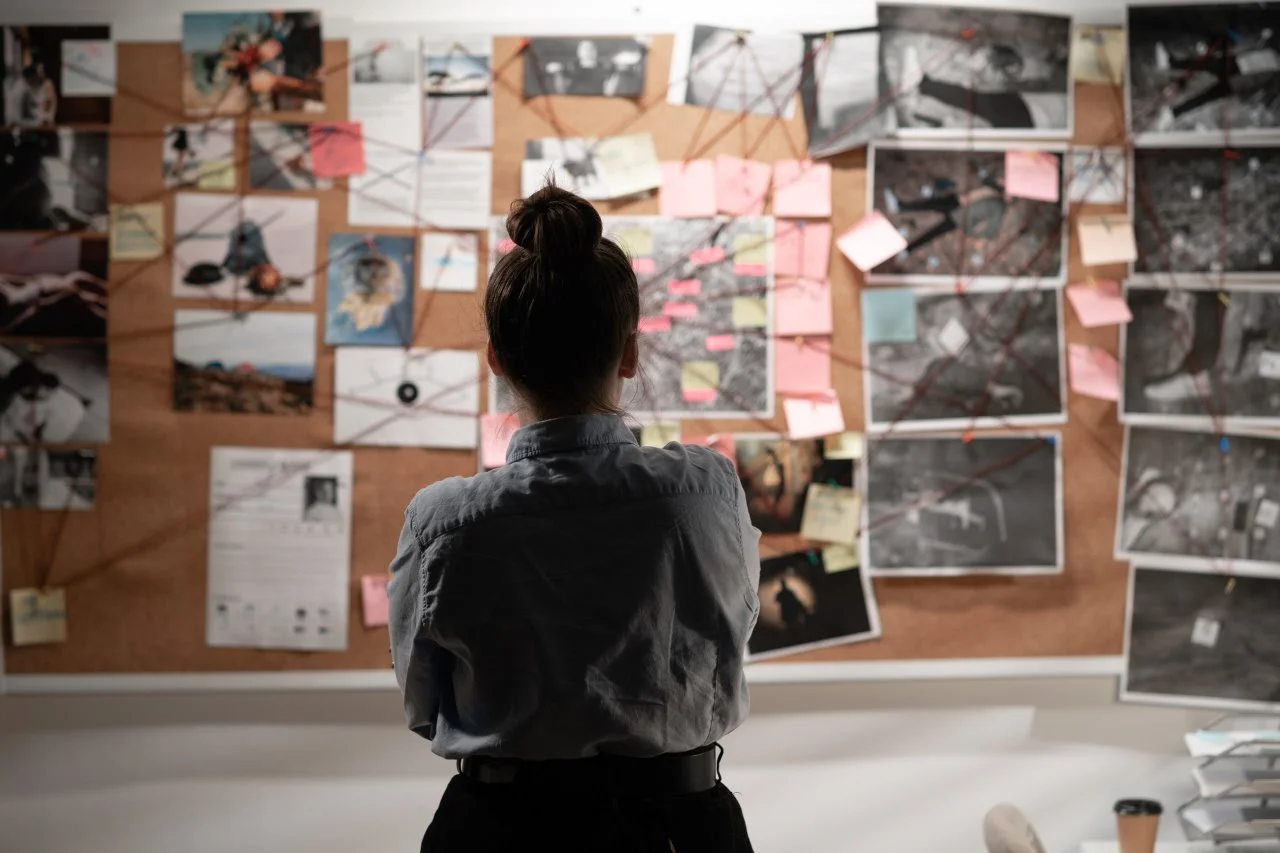How investigators can benefit from using redaction tools
In the landscape of law enforcement and investigative work, the delicate balance between thorough investigation and the preservation of privacy is something many legal professionals struggle with. As digital evidence - particularly video - becomes more central to the investigative process, the need for tools that can both harness and protect this information has never been more critical.
Video redaction tools are at the forefront of this technological advancement, offering a multitude of benefits that can significantly enhance the efficiency, effectiveness, and ethical standards of investigations. There are a myriad of ways investigators can leverage redaction tools to not only streamline their work, but also uphold stringent privacy laws and ethical considerations.
The role of video redaction in investigations
Video evidence plays a pivotal role in modern investigations, providing undeniable insights and leads that textual data or eyewitness accounts may lack. However, the raw footage often contains sensitive information or identifiers that could compromise the privacy of innocent individuals or the integrity of the investigation if exposed. Here, video redaction software for law enforcement becomes indispensable, allowing investigators to obscure personally identifiable information (PII), faces, licence plates, and other sensitive data, ensuring that the footage can be used effectively in investigations, while complying with privacy laws.
Key functionalities of video redaction tools
The sophistication of video redaction tools extends beyond mere blurring or pixelation; these tools are equipped with advanced features such as automatic object detection and tracking, which can identify and redact specific items or individuals throughout a video, saving countless hours that would otherwise be spent manually editing footage. This automation not only accelerates the redaction process but also minimises the risk of human error, ensuring that all sensitive information is appropriately concealed.
Enhancing privacy and compliance
In an era where privacy concerns are increasingly a concern for the general public, the use of redaction tools is critical for law enforcement agencies and investigative bodies to maintain public trust and legal compliance. Regulations such as the Freedom of Information Act (FOIA), the GDPR in Europe and various other privacy laws across the globe mandate the protection of personal data, including in video evidence. By enabling investigators to easily redact sensitive information, these tools help ensure that investigations can proceed without running afoul of privacy legislation, thereby safeguarding both the subjects of the investigation and the agencies conducting them.
Streamlining case resolution
It’s also worth pointing out that the efficiency afforded by video redaction tools has a direct impact on the pace at which cases can be resolved. By automating the painstaking task of redacting video footage, investigators can allocate more time to analysing the content of the evidence, identifying leads, and building solid cases. This not only speeds up the investigation process, but also enhances the quality of the evidence presented in court, potentially leading to swifter justice for victims.
Integration with investigative workflows
Modern video redaction tools are designed to seamlessly integrate into existing investigative workflows, and many of these tools can be used in conjunction with video management systems (VMS) and digital evidence management platforms (DEMS), allowing for a smooth transition from collection to redaction to analysis of video evidence. This compatibility ensures that the adoption of redaction technology doesn’t disrupt established procedures but rather enhances them, making the investigative process more streamlined and effective.
Overcoming challenges in evidence handling
The volume and complexity of video evidence can also pose significant challenges to investigative teams, from storage and management issues to the risk of accidental exposure of sensitive information. Video redaction tools not only aid in mitigating these risks by simplifying the redaction process, but also contribute to more organised and secure evidence handling practices. By facilitating the selective sharing of redacted footage with other departments or external bodies, these tools also help maintain the integrity of the investigation and prevent unauthorised access to unredacted evidence.
Final thoughts
As the volume of video evidence continues to grow - and as privacy laws become increasingly stringent - it’s difficult to overstate the importance of video redaction tools in the investigative process. These tools offer a robust solution for balancing investigations and privacy protection, enabling law enforcement agencies and investigative bodies to efficiently and ethically handle sensitive video evidence. By embracing video redaction technology, investigators can not only enhance their operational efficiency but also reinforce their commitment to upholding the highest standards of privacy and compliance, whether it be in the US, Europe, the UK, or elsewhere.
For those looking to delve deeper into the intersection of policing, privacy, and technology, feel free to take a look at our blog, where we post regular articles detailing new privacy laws, emerging regulation, and evolving technologies in the world of video redaction. And for those in the legal profession looking to learn more about how video redaction can transform your investigative processes, don’t hesitate to reach out to us to speak about our video redaction services.


